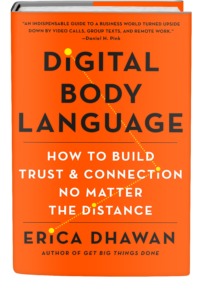You know those people who command a room as soon as they walk in? There’s just something about them. It’s not their clothes, their haircut, or their fashionably late arrival. It’s more about the way they carry themselves; something of their essence demands to be noticed.
For the rest of us, the act of getting noticed does not come as easily. It’s something only achieved through careful thought, planning and practiced action. But with today’s ever-growing collection of mediums for social and business connection, networking has never been more relevant. Knowing the right people — and forming a solid relationship with each of them — can, at times, have a greater impact on your career trajectory than your education background and experience, combined.
I'm excited to share my new slideshare: How to Get Noticed, Hired or Anything You Want that highlights my top lessons from my own journey. Enjoy! And sign up for the Get Noticed Workbook here that comes with it!
